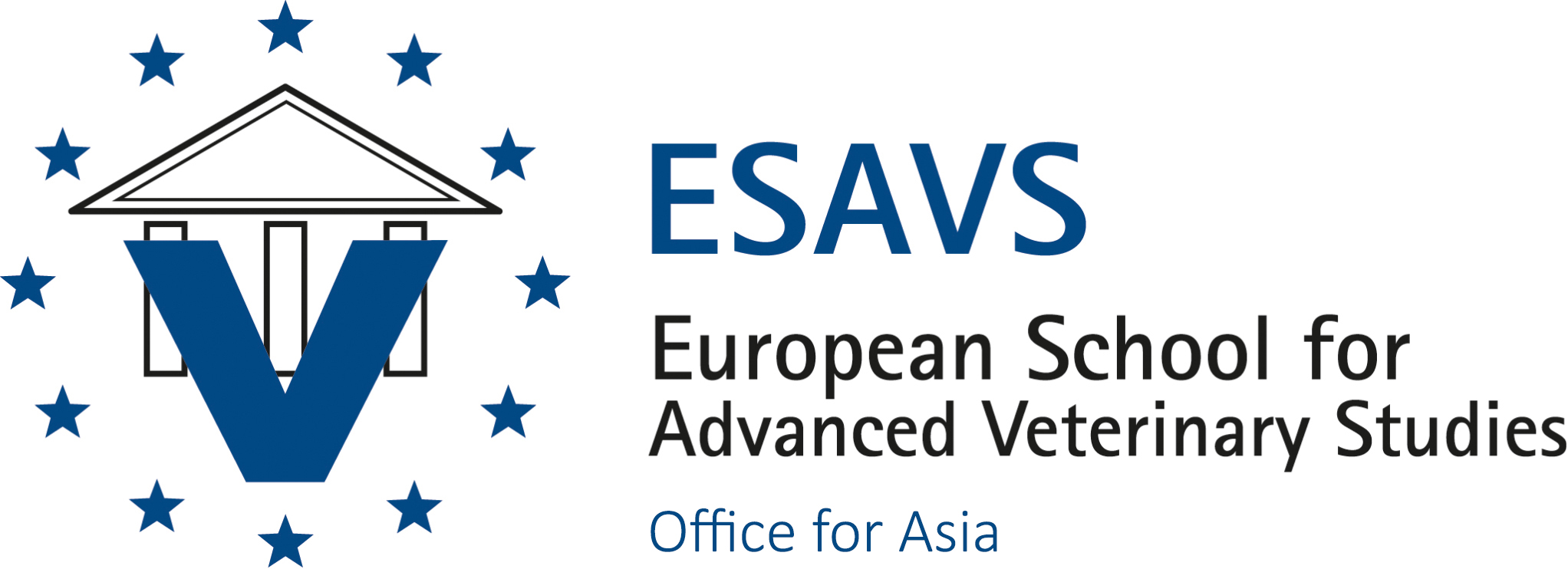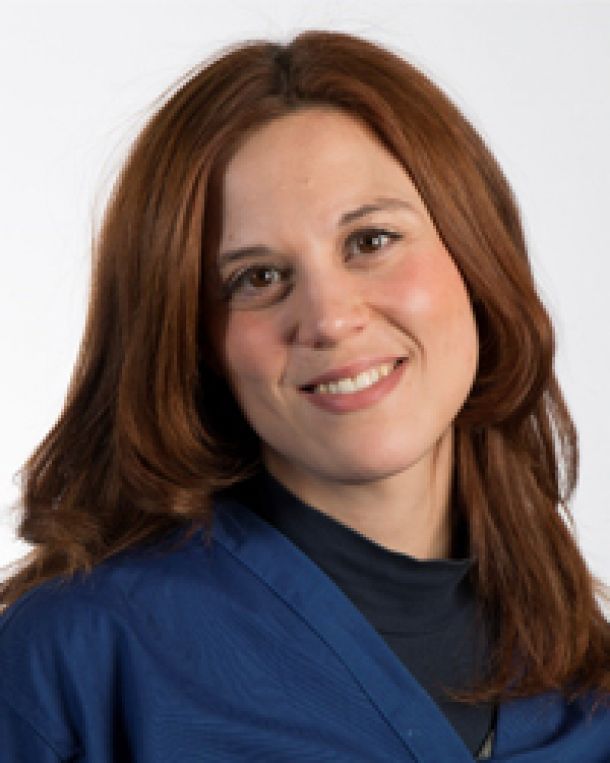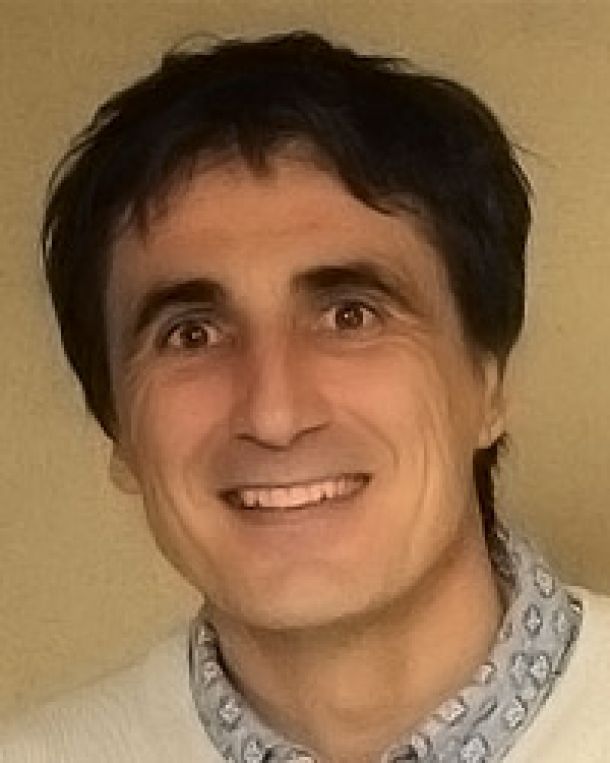Anaesthesiology 2:
Advanced Practice of Small Animal Anesthesia and Perioperative Analgesia
TBA 2026 | Shanghai, China
General Overview
General Overview
The 2026 Advanced Anesthesia (Anesthesia II) course program is designed for veterinarians who wish to advance their skills in contemporary techniques of anesthetic and perioperative patient managemnt in small animal practice and have already acquired foundation knowledge in the Anesthesia I course (Basic Anesthesia). The program provides participants with a comprehensive understanding of the traditional anesthesia machinery and modern anesthesia workstations, of state of the art techniques of total intravenous anesthesia (TIVA) and high versus low flow inhalant anesthesia. Furthermore, participants will acquire appropriate skills in interpreting the ECG and treating arrhythmias, applying various forms of mechanical ventilation, and diagnosing and treating deranggements in acid-base and electrolyte status.
Topics:
■ Anesthesia equipment
■ Pharmacological aspects of injectable and inhalant anesthesia.
■ ECG rhythm diagnostics and therapy during anesthesia
■ Methods of mechanical ventilation
■ Perioperative diagnosis & management of acid-base disturbances.
■ Perioperative diagnosis & management of electrolyte disturbances.
Workshops:
■ Anesthesia machinery
■ High and low flow anesthesia
■ ECG rhythm diagnostics and management during anesthesia
■ Modes of mechanical ventilation
■ Perioperative acid-base and electrolyte homeostasis management
Reading List
■ Anesthesia machinery
■ Pharmacology of injectable anesthetics used for induction and maintenance of anesthesia
■ Pharmacokinetics of inhalant anesthetics
■ Positive pressure ventilation of anesthetized patients
■ Drugs used in perioperative management of cardiac arrhythmias
■ Physiology of the acid-base and electrolyte homeostasis
Language
All modules will be held in English with consecutive translation into Chinese.
Day 1
08:00 – 08:30 Registration and handing out of course books
08:30 – 09:00 Welcome and introduction into the course
09:00 – 10:30 Anesthesia machines, anesthesia circuits, vaporizers & related equipment; Part I
10:30 – 12:00 Anesthesia machine, anesthesia circuits, vaporizers & related equipment; Part II
12:00 – 13:00 Endotracheal intubation techniques incl. endoscopy assisted intubation & related equipment
13:00 – 14:00 Lunch Break
14:00 – 16:00 Workshop in small groups: Assembly of anesthesia machines and rebreathing circuits, leak check & function testing, common machine failures
16:00 – 17:00 Workshop in small groups: Practice of assisted intubation techniques
Day 2
09:30 – 10:30 Total (TIVA) & partial intravenous anesthesia (PIVA) for maintenance of anesthesia – Part II
10:30 – 12:00 Applied Pharmacokinetics for the Anesthetist – Uptake, distribution & elimination of inhalant anesthetics – Part I
12:00 – 13:00 Applied Pharmacokinetics for the Anesthetist – Uptake, distribution & elimination of inhalant anesthetics – Part II
13:00 – 14:00 Lunch Break
14:00 – 17:00 Workshop in small groups: High & Low Flow Anesthesia – Computer Simulations with the Gas Man® Program
Day 3
09:30 – 10:30 The most common cardiac arrythmias during anesthesia in canine and feline patients – Part I
10:30 – 12:00 The most common cardiac arrythmias during anesthesia in canine and feline patients – Part II
12:00 – 13:00 Causes and treatment of the he most common cardiac arrythmias during anesthesia in canine and feline patients
13:00 – 14:00 Lunch Break
14:00 – 17:00 Workshop in 3 small groups: Recognition and treatment of cardiac arrythmias in canine and feline patients
Day 4
09:15 – 10:30 The principles of volume-limited mechanical ventilation. Part II
10:30 – 12:00 The principles of pressure-limited mechanical ventilation. Part I
12:00 – 13:00 The principles of pressure-limited mechanical ventilation. Part II
13:00 – 14:00 Lunch Break
14:00 – 18:00 Workshop in small groups: Volume- and Pressure limited ventilation in small animal patients including clinical examples
Day 5
10:30 – 13:00 Diagnosing and treatment of electrolyte (Na, K, Ca, Mg) disturbances.
13:00 – 14:00 Lunch Break
14:00 – 17:00 Workshop in 3 small groups: Recognition and treatment of common acid-base distrubances in canine and feline patients
17:00 – 18:00 Workshop in 3 small groups: Recognition and treatment of common electrolyte distrubances in canine and feline patients
Principle Course Master:
Course Location
Small Animal Hospital Chulalongkorn University, 254 Phayathai Road, Pathumwan, Bangkok 10330, Thailand
Registration and Fees
Discount tuition fee for Thailand, Indonesia, Philippines, Malaysia, India, Sri Lanka, China, Pakistan, Lebanon and Vietnam: EURO 1.450,–
Early registration: Euro 1.350,--
(Deadline for FULL early registration payment: 13 June 2022)
Discount tuition fee for Macao, South Korea and Taiwan: EURO 1.850,–
Early registration: Euro 1.750,-
(Deadline for FULL early registration payment: 13 June 2022)
Tuition fee for Europe, Singapore, Hong Kong, Australia, New Zealand, United Arab Emirates, Canada, USA and Japan: EURO 2.250,–
Early registration: Euro 2.150,-
(Deadline for FULL early registration payment: 13 June 2022)
For payment via Bank Transfer or Paypal please contact the ESAVS Office for Asia: This email address is being protected from spambots. You need JavaScript enabled to view it.
By signing in to the Interest List, you will be notified via E-Mail as soon as registration for this course opens.
If you have any questions regarding the registration or any other further details for the courses in Asia please contact the ESAVS Office for Asia: This email address is being protected from spambots. You need JavaScript enabled to view it.






